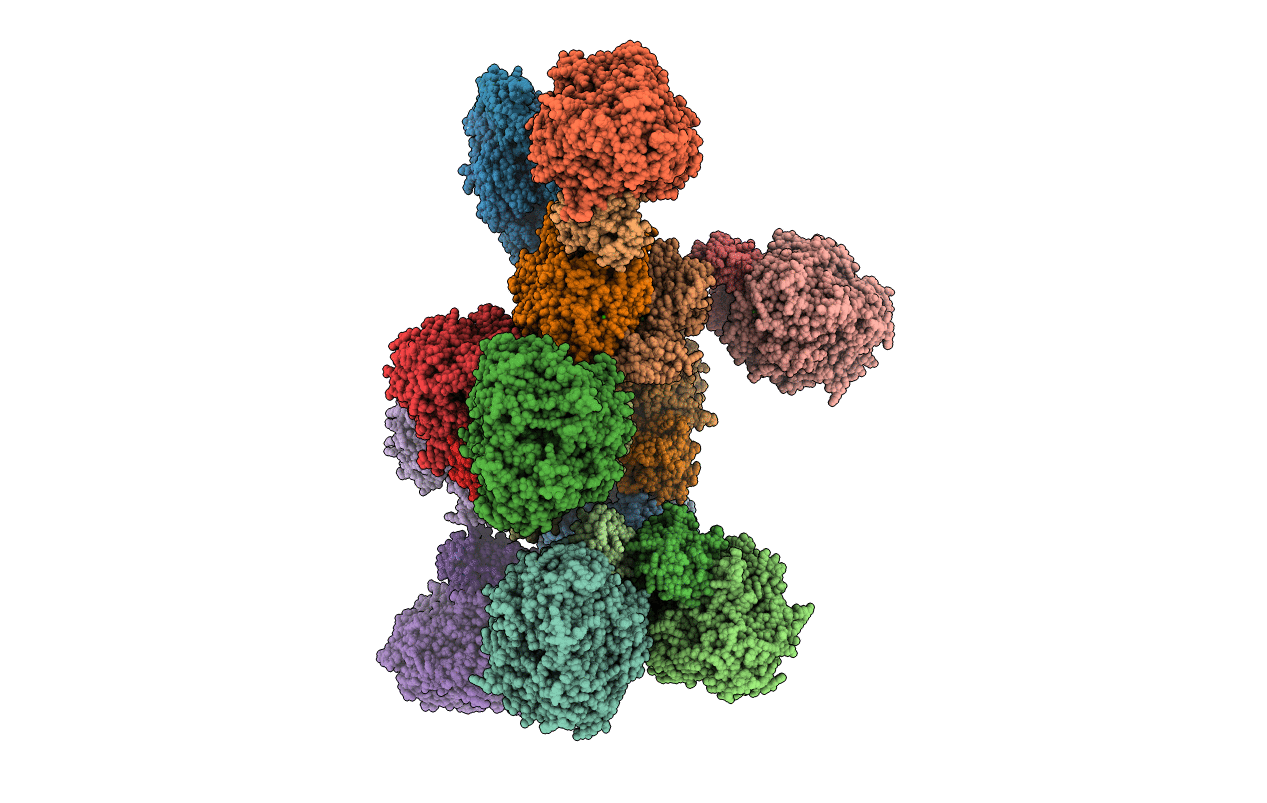
Deposition Date
2004-06-02
Release Date
2014-07-09
Last Version Date
2024-02-28
Entry Detail
PDB ID:
4V4C
Keywords:
Title:
Crystal Structure of Pyrogallol-Phloroglucinol Transhydroxylase from Pelobacter acidigallici
Biological Source:
Source Organism:
Pelobacter acidigallici (Taxon ID: 35816)
Method Details:
Experimental Method:
Resolution:
2.35 Å
R-Value Free:
0.25
R-Value Work:
0.19
R-Value Observed:
0.19
Space Group:
P 1


